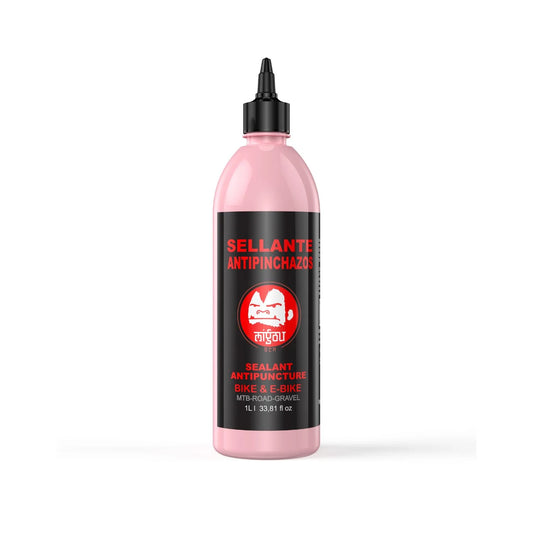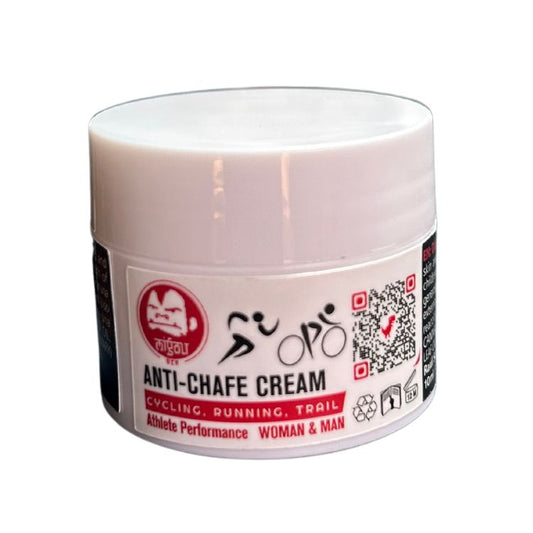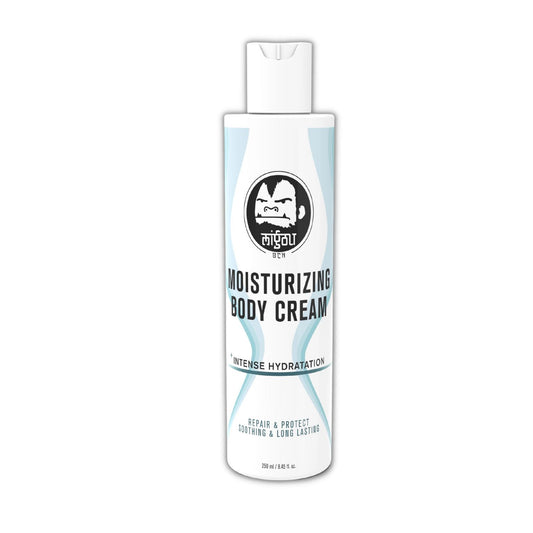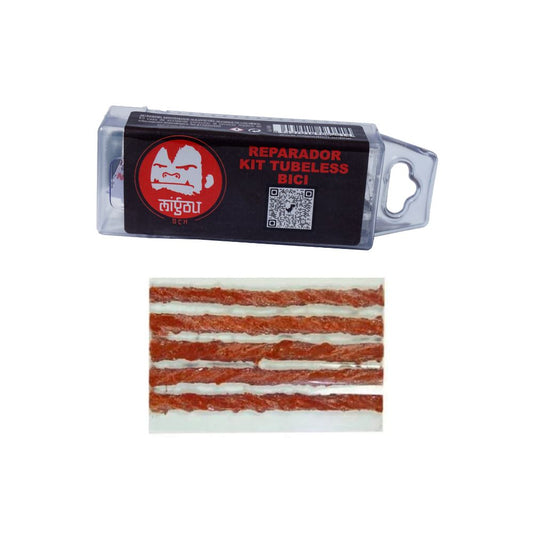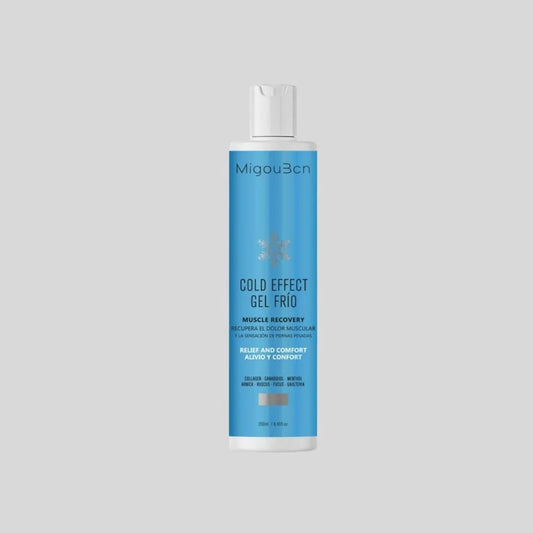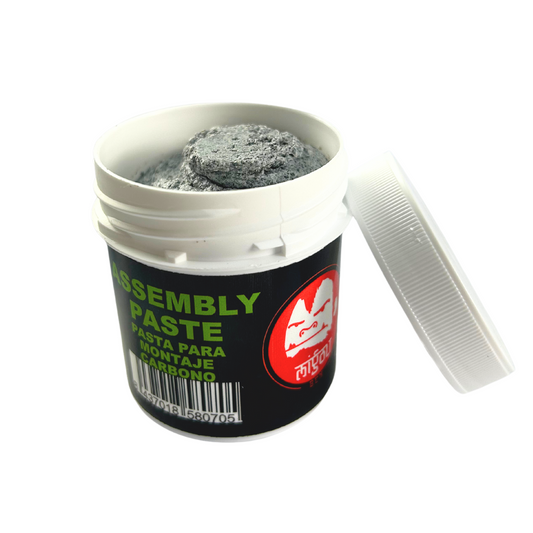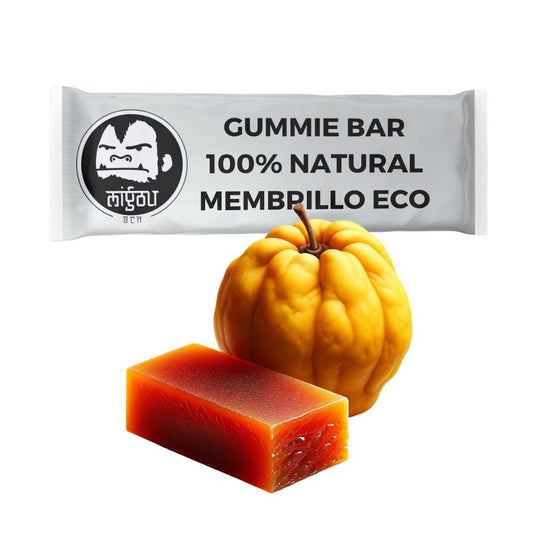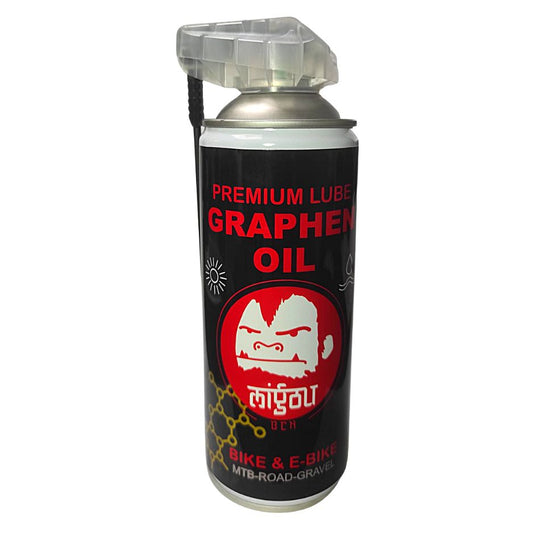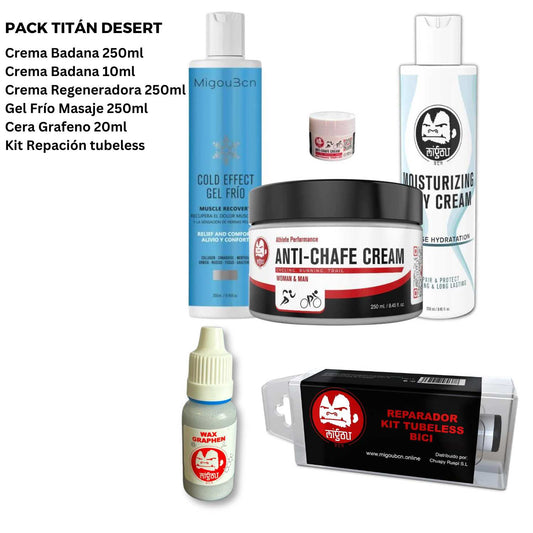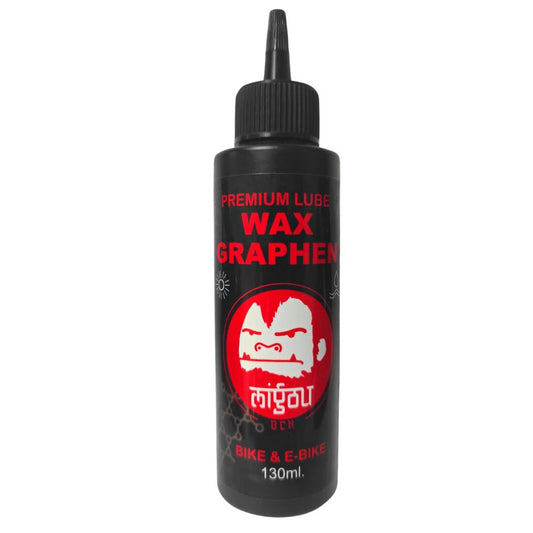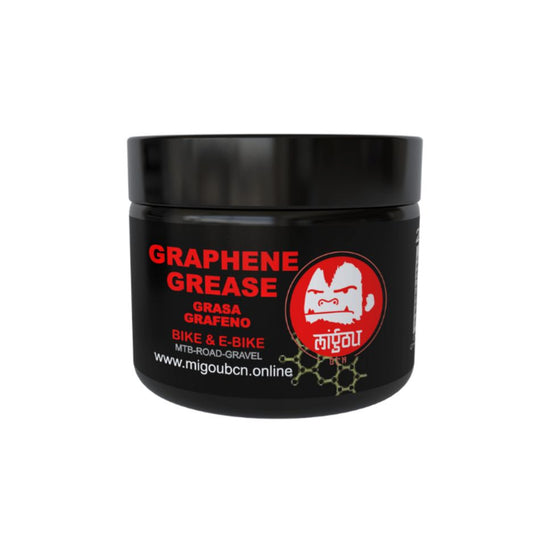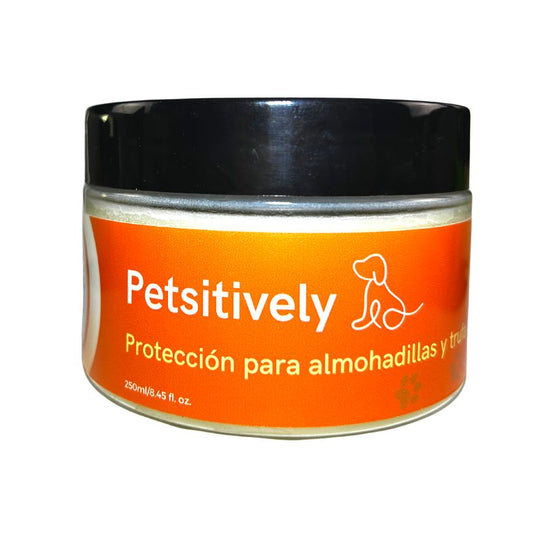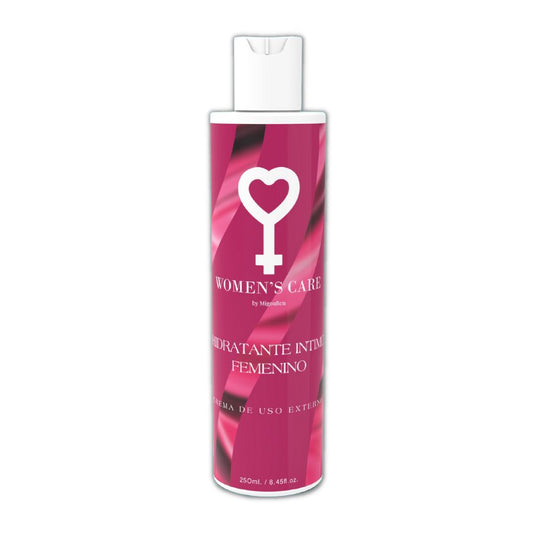Importance of taking care of dog pads
Pads on dogs' paws play a fundamental role in their mobility and well-being. They are responsible for cushioning the impact when walking and running, as well as providing traction and stability on various surfaces.
Meaning of the pads on the paws of dogs
The pads are made up of a thick layer of skin that has a network of blood vessels and nerves. These unique structures in dogs' paws allow them to adapt to different terrain, providing additional support to their joints and allowing them to move more easily.
Pad vulnerability and potential injuries
The pads are a sensitive and vulnerable part of dogs' paws. If they are not given proper attention, they can suffer wounds, cracks, burns and erosions. This can cause pain, discomfort, and even make it difficult for the dog to move.
Factors such as rough surfaces, hot asphalt, ice and snow, as well as extreme temperatures, can negatively affect the health of the pads. Additionally, excess dryness or lack of adequate hydration can also cause them to crack and become more susceptible to injury.
It is essential to provide them with the necessary care and protect them to ensure the well-being of our furry friends.
How to protect dog pads
Prevention of wounds and burns
Dogs' paw pads are sensitive and can suffer injuries if not given proper attention.
To prevent injuries, it is important to avoid walking on rough surfaces, such as hot asphalt in summer, as they can cause burns. Additionally, toxic or irritating substances should be avoided, such as cleaning products or chemicals that could damage the pads.
Using creams and home remedies to moisturize the pads
Moisturizing the pads is essential to keep them healthy and protected. You can use special creams for dogs, which provide moisture and help prevent dryness and cracks. There are also home remedies, such as coconut oil, that can be effective in moisturizing the pads.
It is important to apply the cream or home remedy regularly, especially after long walks or in times of extreme weather.
Use of protective shoes or boots
An effective way to protect the pads is by wearing shoes or boots specially designed for dogs. These accessories help avoid direct contact with the ground and provide a protective barrier.
Dogs may feel uncomfortable wearing shoes or boots at first, so a gradual break-in is recommended to get them used to wearing them.
Avoid dangerous soils and extreme temperatures
It is important to avoid walking on abrasive floors, such as cement or concrete, as they can cause injury to the pads. You should also avoid floors with sharp or sharp objects that could cut or damage the pads.
Likewise, caution must be taken with extreme temperatures. In summer, hot asphalt can burn the pads, while in winter, cold ice and snow can cause frostbite injuries. It is recommended to choose protected paths and avoid the hours of greatest heat or intense cold.
Hair and nail care in relation to pads
Proper care of our dog's hair and nails is essential to maintain the health of his paws. Both excessively long hair and long nails can negatively affect our furry friend's paws and pads.
Excessively long hair around the pads can accumulate dirt, mud and other debris that can lead to the formation of irritations and small wounds. In addition, it can make perspiration and ventilation in the area difficult, which can encourage the appearance of fungi and bacteria.
On the other hand, long nails can cause an imbalance in weight distribution on the paws, putting undue pressure on the pads. This can lead to abnormal wear, causing pain, discomfort and possible injuries.
Recommendations for proper maintenance
To ensure good hair and nail care in relation to our dog's paws, it is necessary to follow these recommendations:
- Maintain a proper haircut around the pads, ensuring that it is not excessively long and preventing dirt from accumulating.
- Carry out proper maintenance of your nails, trimming them regularly to prevent them from growing excessively. If we are not familiar with the procedure, it is advisable to go to a professional to carry out the cut safely.
- Monitor the appearance of fissures or cracks in the nails, as these can damage the pads and cause discomfort in our dog. If we notice any anomaly, it is important to go to the veterinarian for a check-up and treat the problem if necessary.
- In addition to trimming hair and nails, it is essential to carry out adequate hygiene of the pads. We can do this by gently wiping them with a damp cloth, paying special attention to removing any accumulated dirt. This will help prevent possible infections and maintain good pad health.
Healing pad injuries
Dogs' paw pads are a delicate part and prone to cuts and erosions. In this section, we provide you with information on first aid to treat these injuries, as well as the aftercare necessary for a correct recovery.
First aid for cuts and erosions
- The first thing you should do is gently clean the wound with warm water and a mild soap to avoid infection.
- If the cut is deep and bleeding profusely, apply gentle pressure to the area with a sterile gauze or clean cloth to stop the bleeding.
- Apply an appropriate antiseptic to disinfect the wound and avoid possible infections.
- Protect the wound using a sterile bandage or dressing to prevent contamination.
- Seek veterinary attention if the cut is severe, the bleeding does not stop, or you see any signs of infection.
Aftercare for proper recovery
After first aid, some care should be followed to ensure proper recovery of your dog's paws:
- Keep the wound clean and dry to prevent infection. Prevent your dog from licking or biting the affected area.
- Use products recommended by your veterinarian, such as healing creams or balms, to accelerate skin regeneration.
- Monitor the dog's activity and limit vigorous exercise while it recovers. Rest is essential to allow healing.
- Protect the pads during the healing process and prevent your dog from walking on rough or abrasive surfaces.
- Perform regular wound checks and follow your veterinarian's instructions to ensure recovery progresses correctly.
Frequently Asked Questions About Moisturizing Dog Pads
Feeding and general care to improve the health of the pads
General care of your dog is essential to maintain healthy paws. Some frequently asked questions related to pad hydration include:
- Does diet influence the health of the pads?
Yes, a balanced and nutritious diet has a direct effect on the dog's general health, including the hydration of its paws. Make sure you provide him with an adequate diet that contains the necessary nutrients to strengthen his paws.
- Are there dietary supplements that help keep the pads hydrated?
Yes, some specific pad health supplements, such as fish oil rich in omega-3 fatty acids, can help improve your hydration. Consult your veterinarian for appropriate recommendations for your dog.
Behavior and games that affect the pads
Your dog's behavior and play can have an impact on the health and hydration of his pads. Below are some frequently asked questions on this topic:
- Is it advisable for my dog to run on hard surfaces to strengthen his pads?
While it is true that regular exercise is beneficial for your dog's paws, running on hard surfaces can be harmful if not done gradually and moderately. Repeated contact with the pavement can cause excessive wear and damage to the pads. Opt for softer surfaces, such as grass, and be sure to give them enough time for their paws to get used to harder terrain.
- What games should I avoid to avoid damaging my dog's pads?
You should avoid games that involve jumping from heights, such as catching objects in the air, as these can cause strong impacts on the paws and injure the pads. Also, avoid playing on abrasive or hot surfaces, such as asphalt in summer, to protect the sensitive skin of your pads.
Practical tips for daily pad care
In addition to the frequently asked questions mentioned, it is also important to follow some practical tips to care for your dog's pads on a daily basis:
- Keep your dog's nails short to prevent them from digging into the pads and causing discomfort.
- Regularly clean the pads to remove accumulated dirt and debris.
- Use specific creams to hydrate the pads and protect them from dryness.
- Exercise your dog gradually and moderately to strengthen his legs.
- Provides appropriate first aid in case of cuts or erosions to the pads.
- Take special precautions in summer and winter to avoid damage from extreme temperatures.
- Avoid walking through dangerous areas that could cause injury to the pads.
Practical tips for daily pad care
To ensure the health and well-being of your dog's pads, it is essential to follow some practical recommendations in daily care. Here we present the most important tips:
Keep pads clean
- Regularly wash your dog's pads with warm water to remove dirt and debris.
- Dry the pads well after each wash to avoid accumulated moisture.
- Always check the pads for any signs of injury or irritation.
Moisturize the pads with specific creams
- Use moisturizing and protective creams designed especially for dog paws.
- Apply the cream gently to the pads, making sure to cover the entire surface.
- Repeat the process regularly, especially during dry weather or when the pads look dry.
Cut the hair around the pads
- Keep the hair around the pads short to prevent dirt and moisture buildup.
- Use round-nose scissors to avoid any accidents.
- Trim the hair regularly to prevent tangling and dirt buildup.
Monitor and trim your dog's nails
- Long nails can cause discomfort and damage the pads when walking.
- Keep your dog's nails properly trimmed to avoid problems.
- If you don't feel comfortable doing it yourself, consult a veterinarian or dog groomer.
Avoid extreme surfaces and temperatures
- Avoid walking your dog on hot surfaces such as asphalt or sand in very hot weather.
- Protect it from extreme cold by avoiding walking on icy or frozen ground.
- Consider wearing shoes or boots specially designed for dogs in extreme situations.
By following these practical tips for the daily care of the pads, you will be ensuring the health and well-being of your dog. Remember that having healthy and protected pads will help your pet enjoy their walks and outdoor activities without discomfort or problems.
Recommended places to travel with dogs in different regions of Spain
When planning vacations or getaways with our dog, it is important to find places that allow access and where they can enjoy without limitations. Fortunately, in different regions of Spain there are ideal places to travel with our faithful four-legged companion.
Below, we present a selection of recommended destinations where both you and your dog can enjoy an unforgettable vacation:
Costa Brava, Catalonia:
- Castell Beach: Located in Palamós, this beach allows dogs access all year round. You can enjoy its golden sand and crystal clear waters.
- Camping La Sirena: Located in Blanes, this campsite allows dogs and offers large green areas to walk and play.
- Can Sisó Apartments: In the town of Llançà, these apartments are a perfect option to stay with your pet and explore the beauty of the Costa Brava.
Sierra de Grazalema, Andalusia:
- El Cedro Forest: This impressive forest in the Sierra de Grazalema Natural Park offers numerous hiking routes where you can enjoy nature with your dog.
- Hotel Puerta de la Villa: Located in Zahara de la Sierra, this hotel allows pets and is located in an idyllic setting to enjoy the tranquility of the Andalusian mountains.
Somiedo Natural Park, Asturias:
- Lago del Valle Route: This beautiful trail around Lago del Valle is perfect for enjoying impressive landscapes in the company of your dog. Don't forget to bring water and sun protection.
- Casa Rural La Braña: Located in Pola de Somiedo, this rural house allows dogs and offers the option of staying in a privileged natural environment.
Remember that, when traveling with your dog, it is important to respect the regulations of each place, always keep it under control and pick up its excrement. Thus, together, we can continue enjoying these wonderful destinations that offer us the opportunity to share unique experiences with our pets.






